Aliens Might Never Appreciate How Cool Voyager’s Golden Record Is
If they find it, they may just be confused.
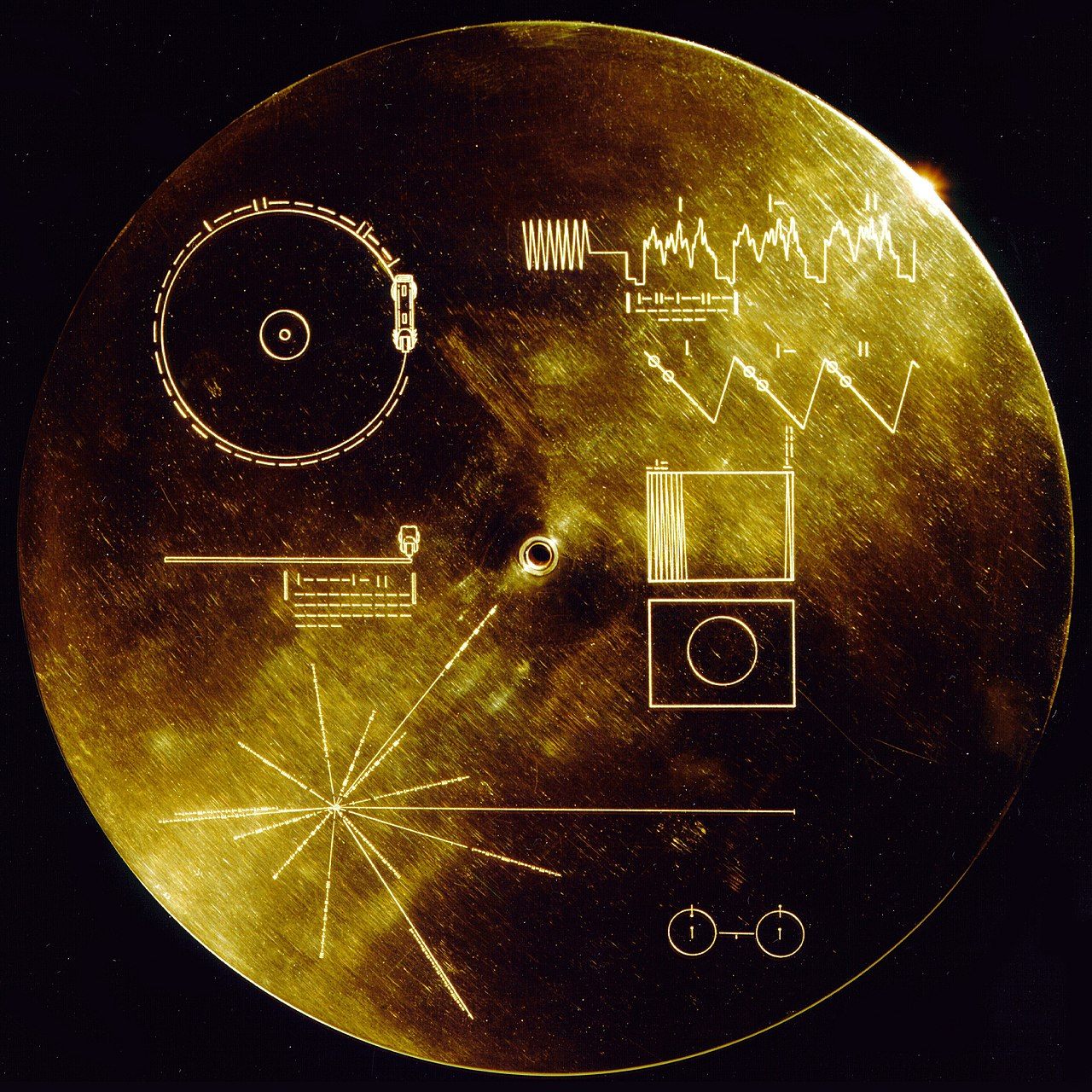
In the late summer of 1977, NASA launched a pair of interstellar probes, Voyager 1 and 2. Like most spacecrafts, these two were built to gather information about unknown realms. More unusually, they also had something to give in return: Each held a copy of what’s known as the Golden Record, a set of images and sounds carefully chosen to give anyone who might find them a taste of Earthly life.
More than 40 years after its launch, the Golden Record hasn’t found any extraterrestrial listeners—that we know of. It does, however, enjoy serious hometown fandom. Here on Earth, it’s been the subject of poetry books, an as-yet unproduced screenplay, and at least one SXSW panel. Last year, after a successful Kickstarter campaign, it even got a vinyl re-release. In a way, the record has already found its intended audience. As consultant B.M. Oliver wrote in a history of the project, “its real function … is to appeal to and expand the human spirit.”
But at least two diehard fans think there’s something to be gained from considering alternative audiences a bit more rigorously. “Every time you try to communicate, you have an intention you are after,” says Sheri Wells-Jensen, a linguistics professor at Bowling Green University, and a board member of Messaging Extraterrestrial Intelligence (METI), an organization dedicated to reaching out to aliens. “But you have no idea how you’re going to be received.”
Lately, Wells-Jensen, along with fiction writer Rebecca Orchard, have been examining the Golden Record with new eyes and ears. The result has been a confusing cacophony. “There are so many ways it could be misunderstood,” says Orchard, who presented on the topic at METI’s “Language in the Cosmos” conference this May. Like hapless teens making a mixtape, we’ve etched our soul onto this record and flung it at beings we don’t understand in the slightest. If they actually found it, what would they even think?
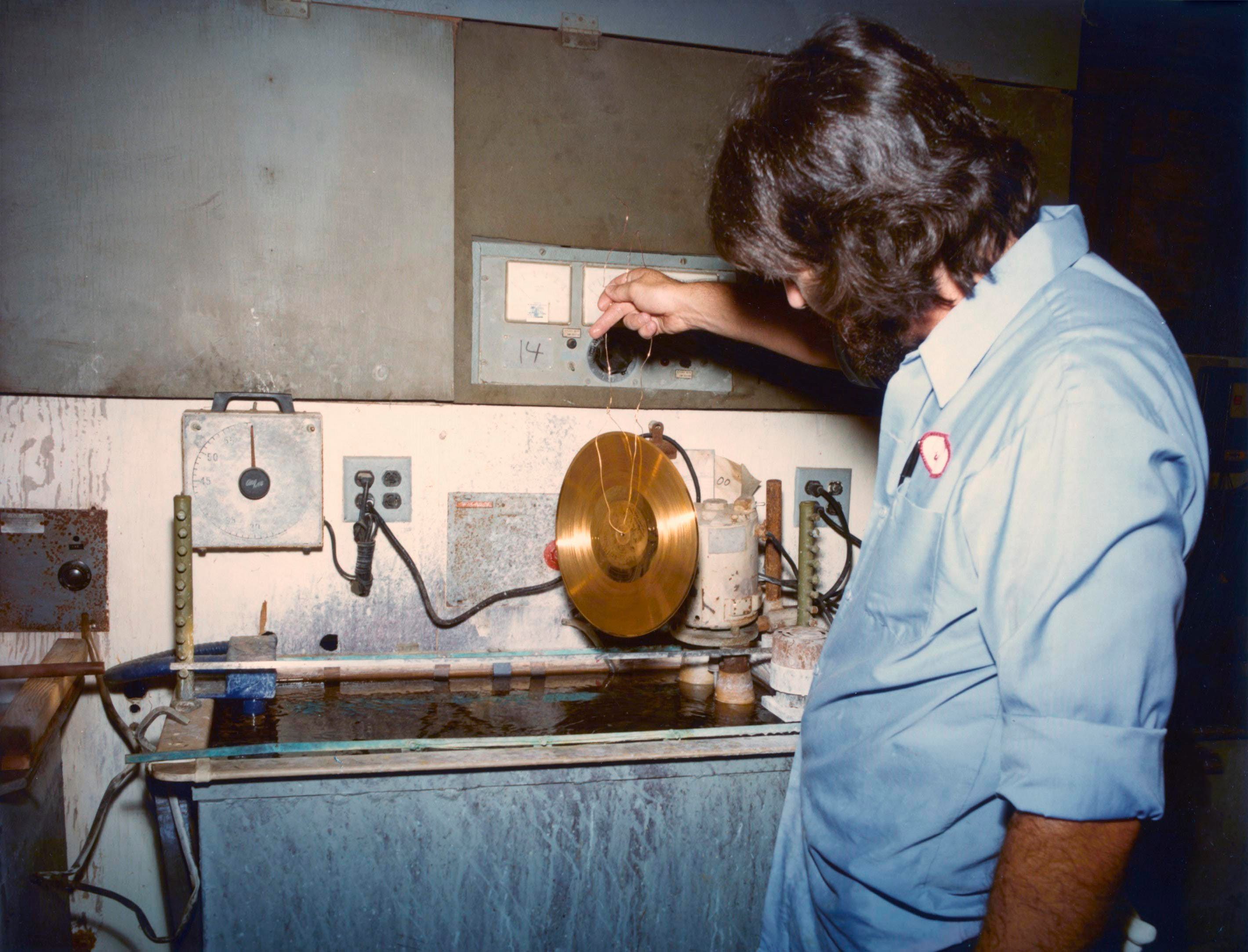
Getting to this scenario—in which someone Out There actually intercepts, and seriously tries to decode, the Golden Record—requires working through whorl after whorl of improbabilities. First of all, as its creators knew full well, “there’s an infinitesimally small chance that the Golden Record will be picked up,” says Wells-Jensen. “[The Voyager probes] are tip-toeing around out there in the interstellar void. They’re itty-bitty, and it’s dark … the odds are low.”
But suppose someone does tow the record out of nothingness, and bring it to some sort of extraterrestrial DJ station. In that case, “there are two things that could happen,” Wells-Jensen says. The first option is that the aliens already know what to do—that they’ve got a whole stack of interstellar missives, and a set of criteria for understanding them. She launches into an imitation: “They’re like, ‘Oh, it’s another artifact, from another planet that’s just creeping into a technological phase of civilization! A baby race. Isn’t it cute?’”
The second possibility, she continues, “is that instead, they look at it and go, ‘What the heck is that?’” It’s this particular what-if, she and Orchard agree, that is the most fun to think about.

The Golden Record is stuffed to the gills with information. It has 116 images, a mix of songs in different musical styles, and greetings recorded in 55 languages. There’s an audio collage, “The Sounds of Earth,” that starts with a sonic interpretation of planetary motion and ends with the zap of a pulsar, with stops in between for clanging rocks, barking dogs, and chugging tractors. There is also an hour’s worth of brain-and-heart data, transformed into sound. This came courtesy of the record’s creative director, Ann Druyan, who later wrote that she was thinking about “the history of ideas,” “the predicament our civilization finds itself in,” and “what it [is] like to fall in love”—specifically with project lead Carl Sagan, who she later married.
To an Earthly listener, this is all pretty understandable. Crickets and chimpanzees? We’ve heard those guys. “El Cascabel” followed by “Johnny B. Goode”? Let’s rock. Crushing on Carl Sagan? Hey, many of us get that, too. But begin to abstract yourself away, and the record looks and sounds increasingly curious. “It’s almost dizzying to think about all the different ways that these moments could be misinterpreted,” Orchard says.
Take, for example, that series of multilingual greetings. The messages say everything from “Hi, how are you?” to “We greet you, O great ones,” in languages that range from Akkadian to Zulu. Linda Salzman Sagan, who coordinated the recordings, described the overall effect as “an aural Gestalt, in which each culture is a contributing voice in the choir.” The structure of the recording—each snippet said by a different voice, one after another—might help to get this across, she wrote.
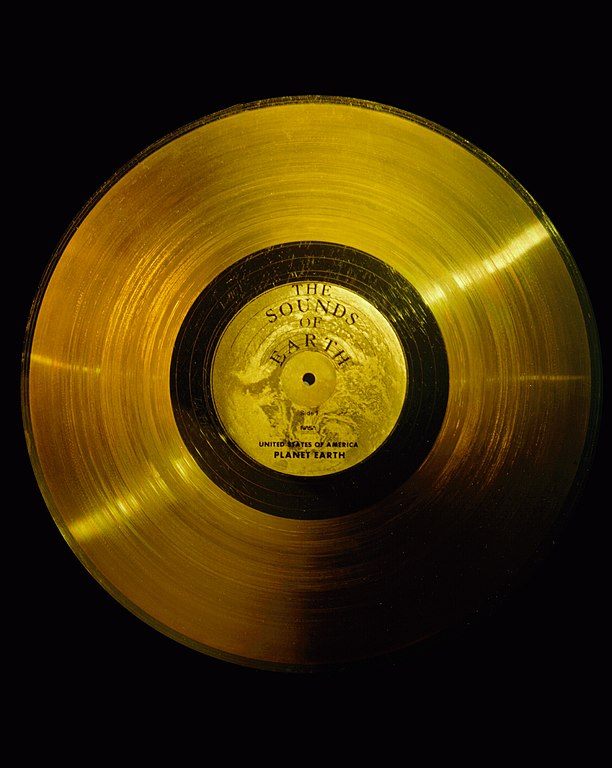
As Wells-Jensen points out, though, there are plenty of other interpretations available. “We can tell that those voices changing mean a different individual is speaking,” she says. “But that’s not necessarily clear [to an alien].” Is the whole recording one person, speaking in different ways? After all, many of the albums made on Earth are meant to showcase all the different things one person’s voice can do.
Or maybe it’s meant to be some kind of time-lapse—akin to Tony Schwartz’s “Nancy Grows Up,” in which the documentarian distilled recordings from 13 years of his niece’s life into a few minutes of sound. Another section of “Sounds of Earth” compilation does strive to be somewhat chronological: it moves from “timeless” sounds, like rainstorms and footsteps, through more recently developed ones, such as Morse code and rocket ships. If the aliens managed to figure this out, why wouldn’t they assume that “Greetings to the Universe in 55 Different Languages” was instead “Earthling Grows Up”?
Even if they do grok that it’s multiple people, Wells-Jensen adds, “Why are they talking to each other? Are they having an argument? Are they playing a game, like we play telephone? Is it a religious ritual?” When you start to think in this way, 55 disjointed greetings all in a row doesn’t seem like an obvious call at all.

Then there are all of the things that could be considered clues, but aren’t. Orchard is particularly fascinated by the record’s 116 images, a selection of which can be seen here. “If you look at the photos back to back, parts of them form a narrative,” she says. For example, a fertilized ovum is followed by a fetus, and then a baby being born. Other juxtapositions, though, are not narrative at all. “There’s a picture of a toad in a hand, followed by a picture of a dead, upside-down alligator.” We humans know that these are two different creatures. But aliens, in their attempts to understand, might draw other conclusions. “Does the toad grow into that alligator?”
It’s also easy to imagine the aliens playing the “Sounds of Earth” while flipping through the images, lining the two up slideshow-style. (It’s a worthwhile exercise.) Some convergences are lucky: a photo of the Red Sea, for example, lines up with the sound of dripping water. But with others, further confusion emerges. The photo of an eagle, for example, goes with the sound of a chittering monkey, or perhaps even a clucking chicken (it’s hard to say for sure). Later, “you get the sound of a chainsaw with a little daffodil,” says Wells-Jensen. “So that’s one way in which the thing could be interpreted wrong.”
Both Wells-Jensen and Orchard emphasize that they’re not trying to pull a gotcha on the record’s creators, who were well aware of its limitations. In Murmurs of Earth, Sagan, Ann Druyan, Jon Lomberg, and others wrote at length about the many decisions they made during the compilation process. Some were rhetorical: They didn’t include any overtly distressing images, like mushroom clouds or sick people, because what if aliens took them as intimidations? Others were bureaucratic: NASA insisted that they include a roll-call list of various members of the 1977 U.S. Senate.
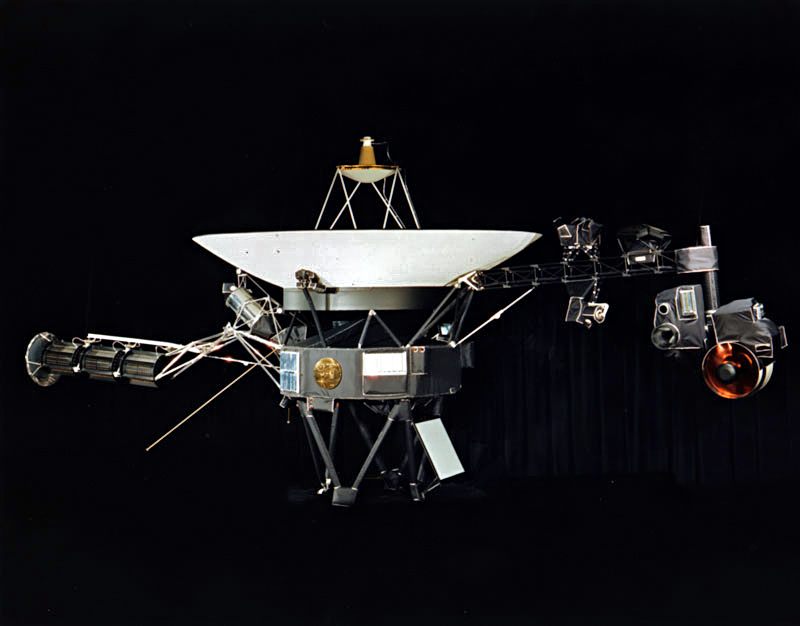
This kind of thing is a large part of why, just 40 years on, certain aspects of the record look ridiculous to Earthlings, too. “But you have to remember, they had six weeks!” says Wells-Jensen. “They did a great job.”
Besides, start thinking about what you’d do differently, and confusion starts to seem inevitable. Perhaps, rather than including so many messages in so many different languages, you want to say the same thing over and over again, in a Rosetta Stone sort of way. Wells-Jensen says this might not be such a great idea either, as it violates a conversational maxim that, at least on Earth, seems to be fairly common.
“If I tell you something four times, is that me trying to be really careful and really clear, or is that me telling you that you’re stupid?” she explains. “Or does it mean that I’m really boring, because I’ve only got one thing to say?” As for the photo/sound problem, should you make sure all those things line up perfectly? And if so, as Wells-Jensen puts it, “what sound does a flower make anyway?”
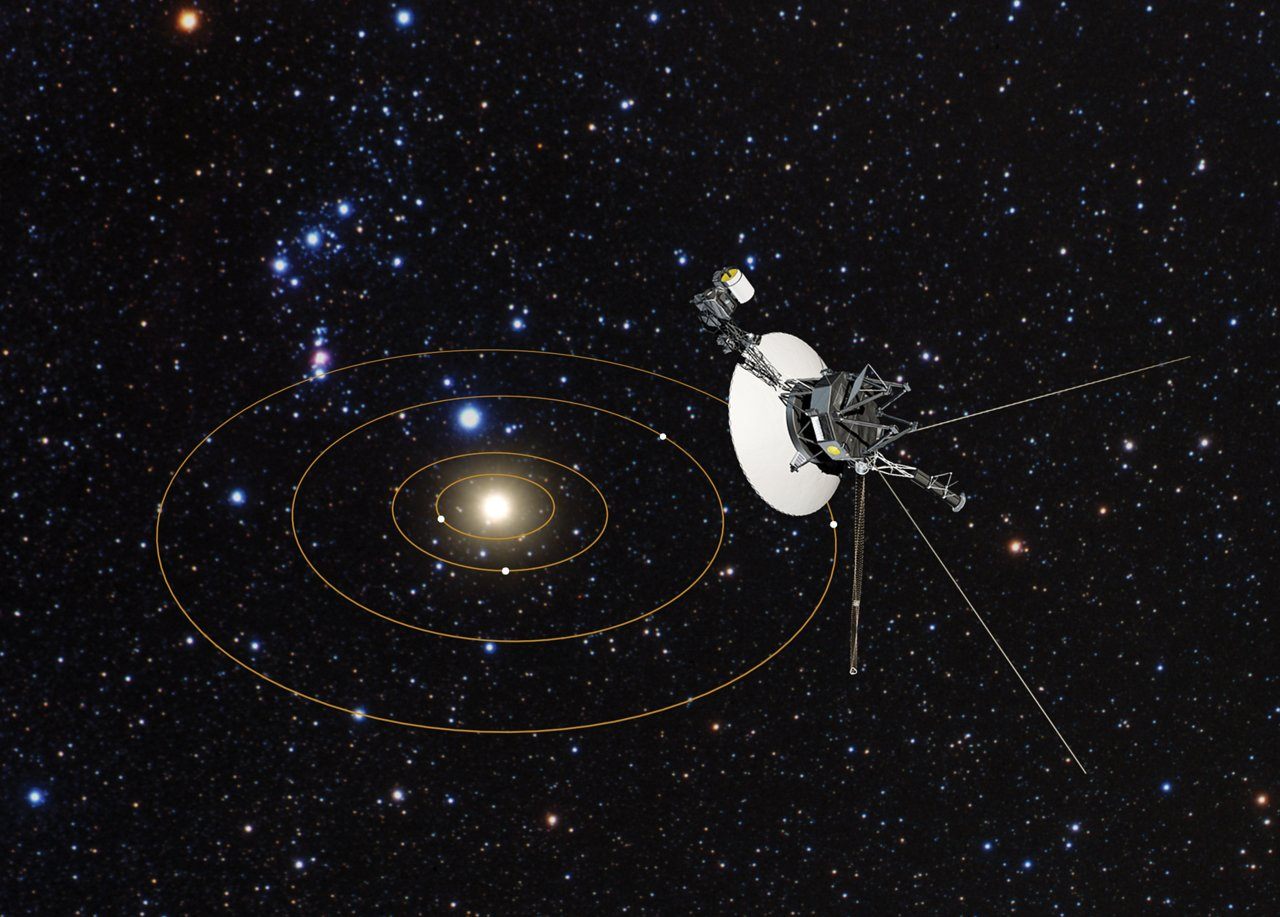
It’s enough to make one throw up one’s hands (and then put them down again, for fear of being seen as threatening to aliens). Other attempts at interstellar communication come with their own pros and cons. We beamed some scientific information toward a star cluster way back in 1974. In 2008, we sent a Doritos commercial to a nearby solar system.
METI tried its own strategy in 2017: it sent out a radio wave transmission made up of arithmetic, trigonometry, and geometry, working under the theory that whoever has the technology to receive the message probably understands math. Wells-Jensen considers all of this, collectively, to be a decent strategy. “I don’t know if we can be less confusing,” she says. “But we can, and should, try different things.”
Before and after we’ve tried them, it can’t hurt to think about how they might be received—even if we spin completely around, record-style, and end up mostly learning about ourselves instead. After all, “we’re just babies,” reiterates Wells-Jensen. “We just started going to our own moon.” We’ve still got a lot of work to do.











Follow us on Twitter to get the latest on the world's hidden wonders.
Like us on Facebook to get the latest on the world's hidden wonders.
Follow us on Twitter Like us on Facebook